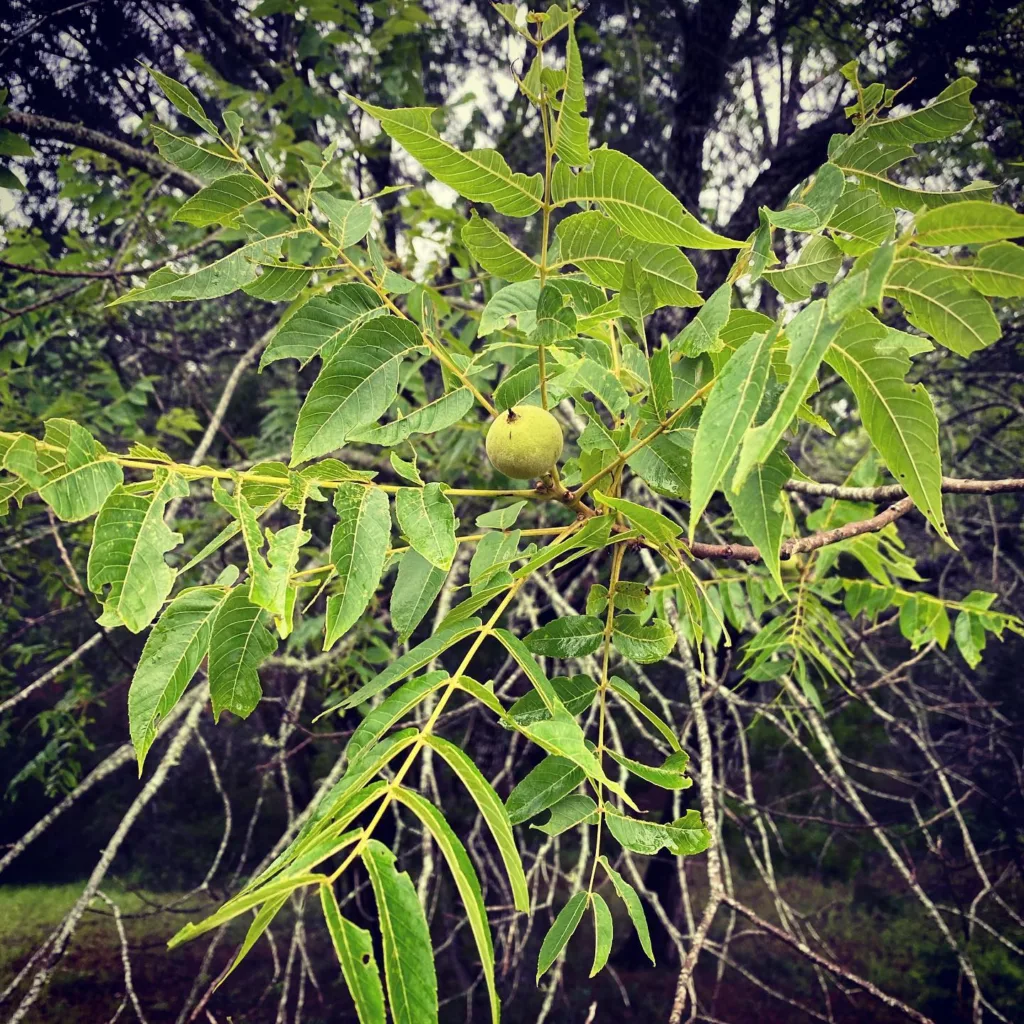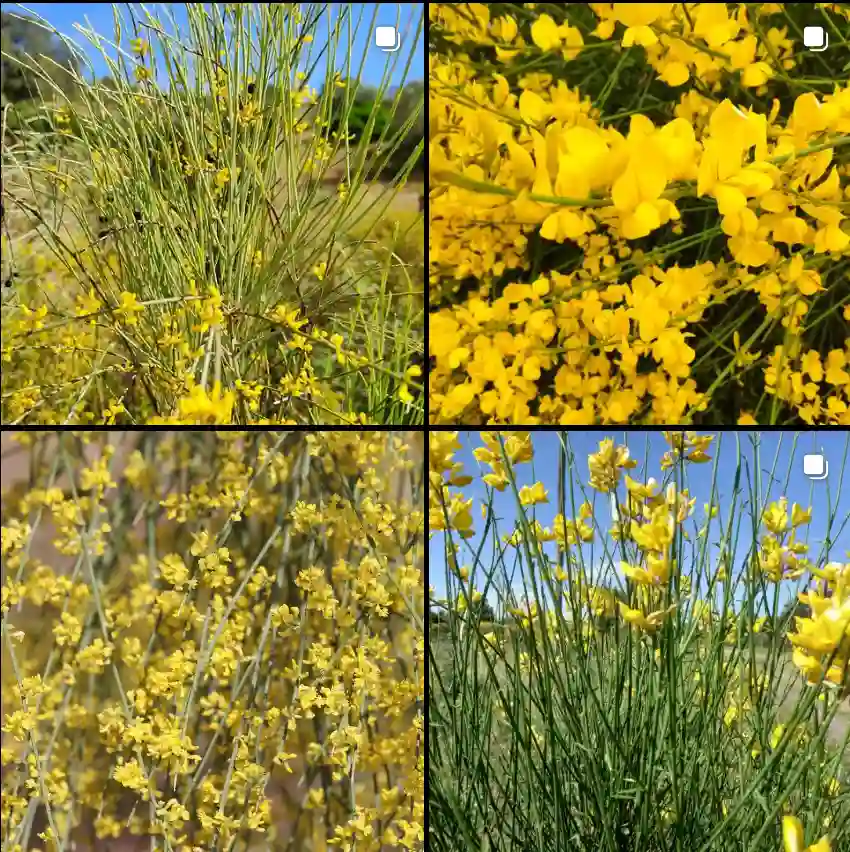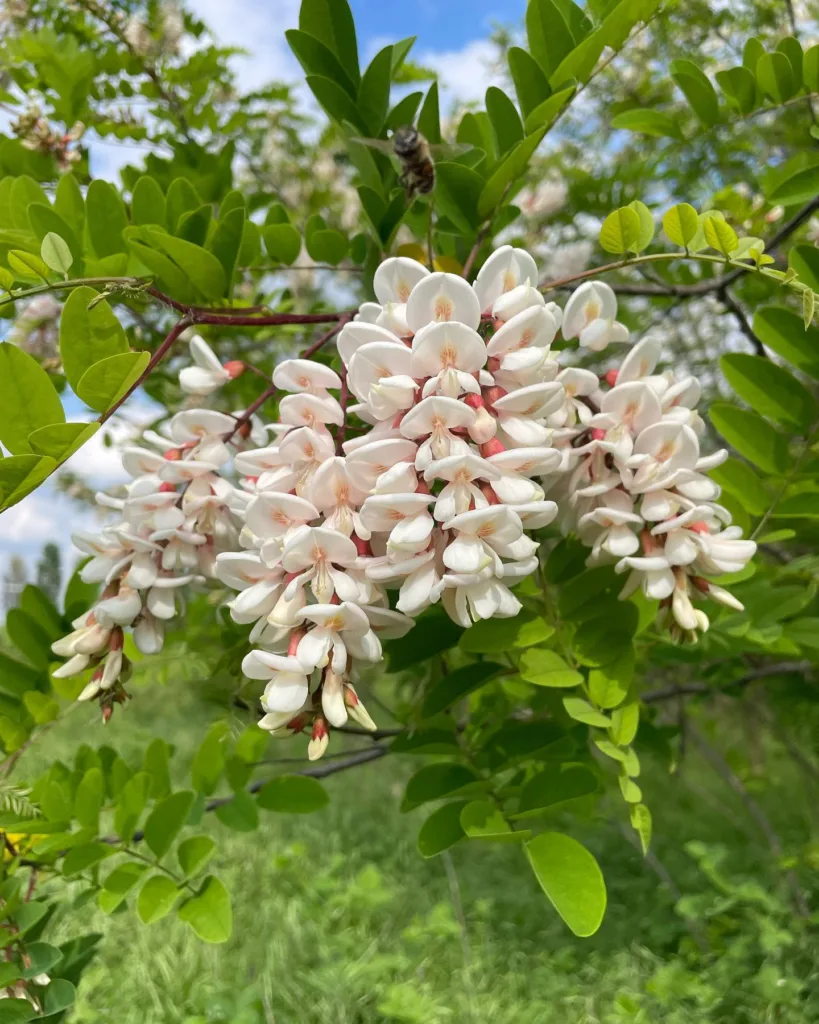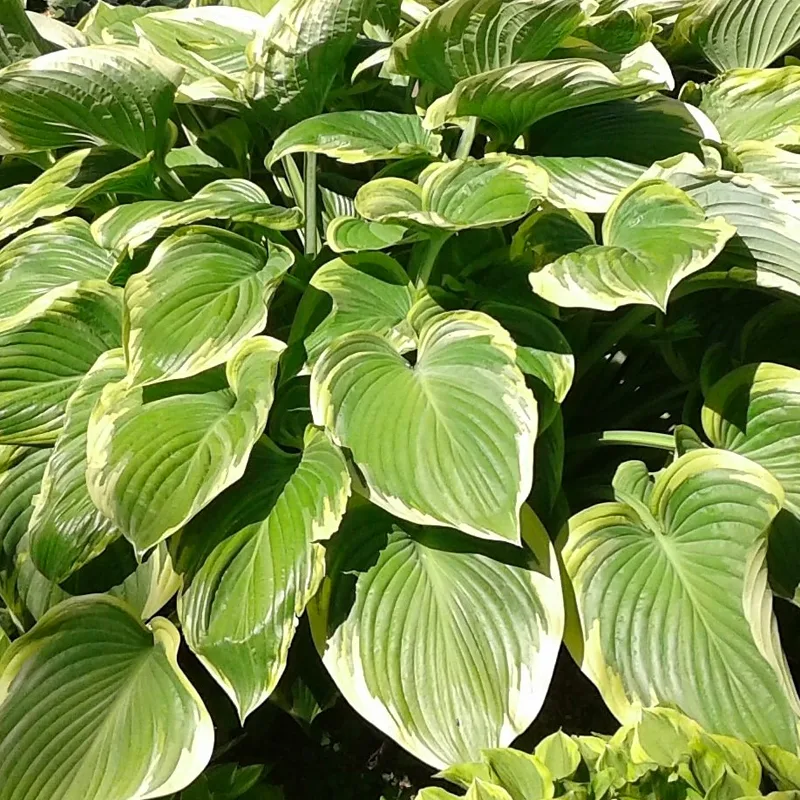Exploring the Quillajaceae Family: A Personal Journey
As an avid plant enthusiast, I have always been fascinated by the diversity of plant families. One that particularly caught my attention is the Quillajaceae family. This family is relatively small but packed with unique characteristics and fascinating features. In this article, I’ll share my insights and experiences with the Quillajaceae family, focusing on its sole genus, Quillaja, and its relevance in both ecological and practical contexts.
What is the Quillajaceae Family?
The Quillajaceae family is part of the order Sapindales and consists of only one genus: Quillaja. This family is primarily found in the temperate regions of South America, especially in Chile and Argentina. What I find intriguing is how Quillaja has adapted to various environments, showcasing resilience and versatility.
The Quillaja Genus
The genus Quillaja is relatively small, with only two to three recognized species:
Quillaja saponaria, or the soapbark tree, is native to Chile and some regions of Argentina. It is highly valued for its bark, which is rich in saponins — compounds with detergent properties that have wide applications in industries from pharmaceuticals to cosmetics. The tree can reach up to 20 meters in height and has thick, dark, and deeply fissured bark, which is harvested sustainably for saponin extraction. Known for its resilience in dry, arid environments, Q. saponaria is an essential species for soil stabilization and restoration in degraded landscapes, and it has gained global attention for its role in producing natural adjuvants used in vaccines.
Quillaja lancifolia is a lesser-known tree species native to the Andes, particularly found in high-altitude forests of Peru and Bolivia. This species has lance-shaped leaves, giving it its name, and is known for its smooth, leathery foliage that can appear glossy under sunlight. Like its cousin Quillaja saponaria, Q. lancifolia contains saponins, though its concentration and distribution in natural habitats differ. This evergreen species grows well in moist, temperate environments and is often explored for medicinal and ecological applications, particularly for its potential in sustainable forestry due to its adaptability and hardiness in variable climates.
Ecological Significance
One of the aspects that I truly appreciate about the Quillaja genus is its ecological role. The soapbark tree often thrives in diverse habitats, contributing to soil stabilization and providing shelter for various wildlife. During my hiking trips in the Andes, I noticed how these trees can grow in rocky, arid conditions. Their ability to survive in challenging environments highlights their resilience and importance in maintaining ecological balance.
Biodiversity and Habitat
The soapbark tree not only supports local ecosystems but also plays a role in the overall biodiversity of the region. In my explorations, I have often seen birds and insects utilizing the tree for shelter and food. This interconnectedness within the ecosystem is something I find deeply fascinating.
Cultural and Economic Importance
In addition to their ecological significance, Quillaja saponaria has cultural and economic relevance. Indigenous peoples have utilized this plant for centuries. The saponins extracted from the bark are used not only in traditional medicine but also in contemporary products like shampoos, soaps, and even certain foods. I remember purchasing a natural soap made from this plant, which reminded me of its deep-rooted significance in local culture.
Moreover, the bark of the soapbark tree has been historically used for its foaming properties, making it an essential ingredient in the beverage industry, particularly in the production of certain alcoholic drinks. Learning about these applications has made me appreciate the practical uses of plants beyond their aesthetic appeal.
Conservation Challenges
Despite its significance, Quillaja saponaria faces several conservation challenges. Habitat loss due to deforestation and climate change threatens its survival. During my travels, I have seen firsthand the impact of logging on local ecosystems. It’s disheartening to witness how valuable trees are cut down, often without considering their ecological importance.
I have taken part in local conservation efforts, planting trees and spreading awareness about sustainable practices. It’s crucial for us, as plant enthusiasts, to advocate for the protection of this unique species and its habitat. Every little effort counts in preserving the rich biodiversity that we often take for granted.
Final Thoughts
Exploring the Quillaja genus has been an enlightening journey for me. From its ecological significance to its cultural and economic importance, this tree offers a glimpse into the intricate web of life. I encourage fellow plant lovers and nature enthusiasts to delve deeper into the wonders of Quillaja. Whether it’s through hiking, gardening, or simply learning more about this species, every step we take helps us appreciate and protect our natural world.
In conclusion, the Quillaja genus, with its remarkable saponin-rich species, serves as a reminder of the beauty and complexity of nature. Let’s continue to celebrate and conserve this incredible plant for future generations to enjoy.
If i die, water my plants!



